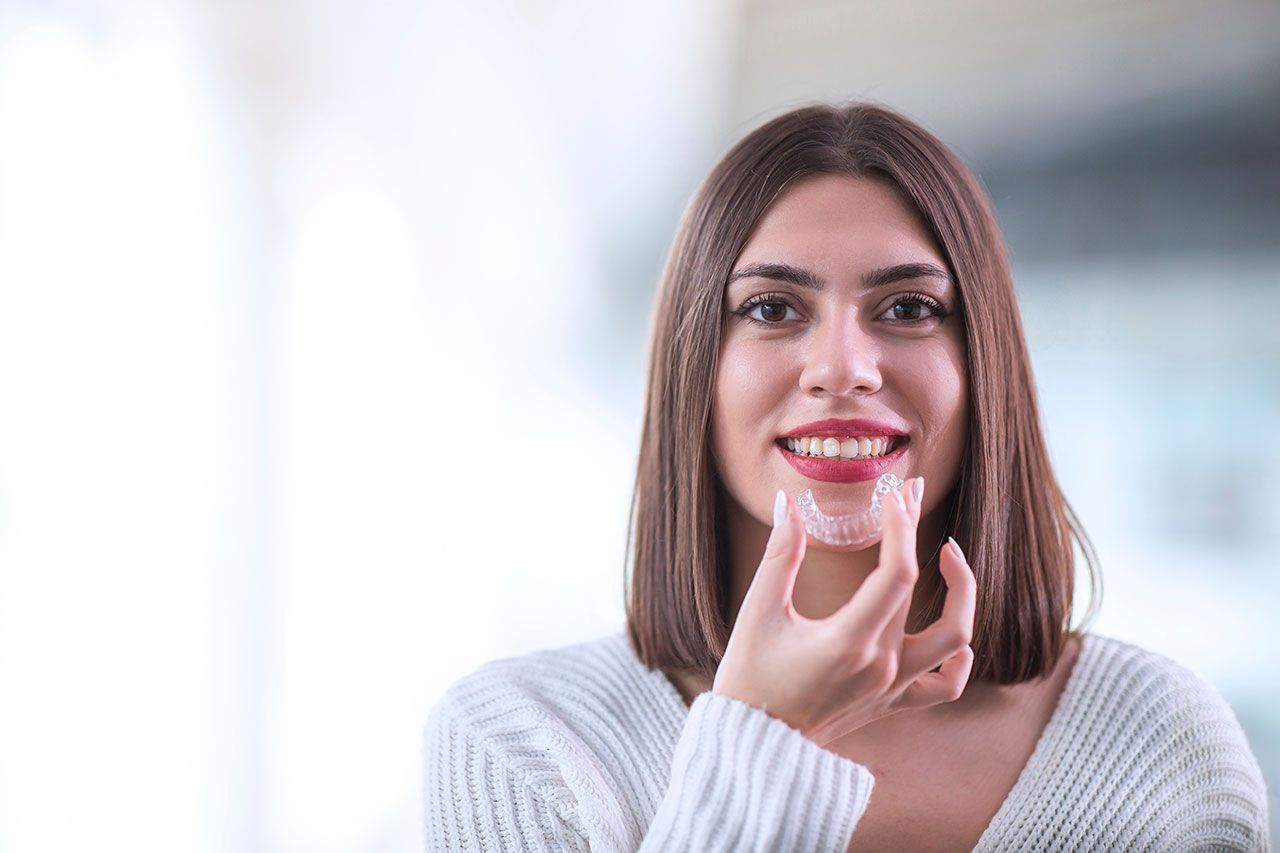How to Make Dental Cleanings Fun for Kids
Dental cleanings can be a daunting experience for many kids. Turning these appointments into fun and engaging activities can greatly improve their attitude toward dental care. When children look forward to visiting the dentist, they are more likely to develop lifelong healthy habits.
Creating a cheerful and welcoming dental office environment plays a huge role in easing anxiety. Fun decorations and kid-friendly waiting areas help children feel comfortable and safe. Additionally, using playful language and stories can make dental procedures feel less intimidating and more like an adventure.
Incorporating reward systems and incentives encourages positive behavior during dental visits. Interactive activities that involve kids in their own oral care also contribute to a positive experience. By focusing on making dental cleanings enjoyable, we ensure that children grow to value their dental health and approach it with enthusiasm.
Create a Positive Environment
Making the dental office a kid-friendly space is essential for reducing anxiety and fear during dental visits. A positive environment is welcoming and comforting, making children feel safe and relaxed. There are several ways to create this atmosphere to put kids at ease.
First, consider the waiting area. Fill it with bright colors and playful decorations. Include a variety of toys and games to keep kids entertained. Books and interactive play areas are also great for capturing their attention and keeping them occupied. Having a lively setting helps children associate dental visits with fun rather than fear.
The staff can contribute significantly to this environment too. Friendly smiles and cheerful greetings from the moment a child enters make them feel welcome. Encourage staff to interact with kids at their level, using gentle tones and giving them their full attention. This personal connection builds trust, making the child more comfortable.
A welcoming atmosphere goes beyond just decorations and friendly faces. It involves creating an experience where a child feels valued and secure. By transforming the dental office into a warm and cheerful place, kids can develop positive associations with their visits, leading to a more enjoyable experience.
Use Playful Language and Stories
Using playful language and storytelling can demystify complex dental procedures for kids. Children understand ideas better when they're presented in a fun, engaging way. Telling a story or using imaginative language can turn a routine check-up into an exciting adventure.
For instance, dentists can explain cavity treatments by describing the dental tools as heroic characters in a story. The dentist might say, "Our brave toothbrush hero will fight away the sugar bugs!" This turns the procedure into a battle against evil germs, making it less scary and more intriguing.
Here are a few storytelling examples to explain dental concepts:
- Tooth Fairy Adventures: Describe a cleaning session as preparation for a visit from the Tooth Fairy.
- Superhero Teeth: Talk about how brushing and flossing give teeth the superpowers to stay strong against cavity invaders.
- Pirate Treasure Hunt: Make flossing an exciting quest to find hidden treasure between teeth.
Using these imaginative techniques makes dental health an adventure filled with heroes and quests. This approach helps kids grasp the importance of oral hygiene and understand procedures without fear. Playful language reduces anxiety and turns a trip to the dentist into a memorable and positive experience. By making dental visits entertaining, children are more likely to feel comfortable and be motivated to care for their teeth.
Reward Systems and Incentives
Implementing reward systems and incentives can transform how kids view dental visits. Rewards provide motivation and encouragement, turning a potentially stressful experience into something enjoyable and satisfying. When children know there's a treat waiting for them, they're more likely to cooperate and have a positive attitude about the appointment.
Rewards can be simple but effective. Consider offering:
- Stickers or Small Toys: Letting kids choose a sticker or small toy after their visit makes them feel special and acknowledged for good behavior.
- Certificate of Bravery: Award a fun certificate that praises their bravery during the cleaning process.
- Sticker Charts: Encourage kids to earn stickers at each visit, which they can trade in for a larger prize after a certain number.
These incentives focus on reinforcing good behavior rather than bribing. However, it's important that rewards remain meaningful but not overly extravagant. Making sure these rewards are attainable helps build a child's confidence.
Positive reinforcement through rewards helps kids associate dental visits with pleasant outcomes. As children experience the benefits of good behavior, they develop positive feelings about maintaining dental health. This approach nurtures a sense of achievement and makes regular dental care something they look forward to.
Involve Kids in the Process
Engaging kids during dental cleanings involves them directly in their oral health care. Children are naturally curious and enjoy getting involved in activities. When they take part in the process, it empowers them and gives them a sense of control.
Interactive activities can be simple yet effective:
- Let Them Hold a Mirror: Allow kids to see their teeth being cleaned in real time. This keeps them engaged and curious about what's happening.
- Interactive Brushing Lessons: Show them the proper brushing technique and ask them to mimic it with a toy toothbrush.
- Explain the Tools: Give brief, fun explanations about the tools used in cleanings, likening them to instruments for adventure.
Giving children responsibilities during the cleaning helps demystify the process, reducing fear. Discussing what the dentist is doing—and why—satisfies their curiosity and makes them active participants in their health care.
When kids are involved in their dental visits, they learn the importance of taking care of their teeth. This engagement makes cleanings less intimidating and more educational, encouraging kids to be proactive about their oral hygiene.
Conclusion
Making dental cleanings fun for kids leads to a lifetime of healthy dental habits. By creating a positive environment, using playful language and stories, implementing reward systems, and involving kids in the process, dental visits become an adventure rather than a chore. These strategies help children feel engaged and eager to visit the dentist regularly.
At Aria Dental of Annapolis, we're committed to providing family-oriented dental care that makes every child feel at home. Our gentle approach ensures that dental cleanings are comfortable and enjoyable for kids. Come see how we make dental care a joyful experience that will have your children coming back with smiles on their faces. Schedule your child’s next appointment with our
Annapolis family dentistry and discover our welcoming approach to dental health.
Share This Post




